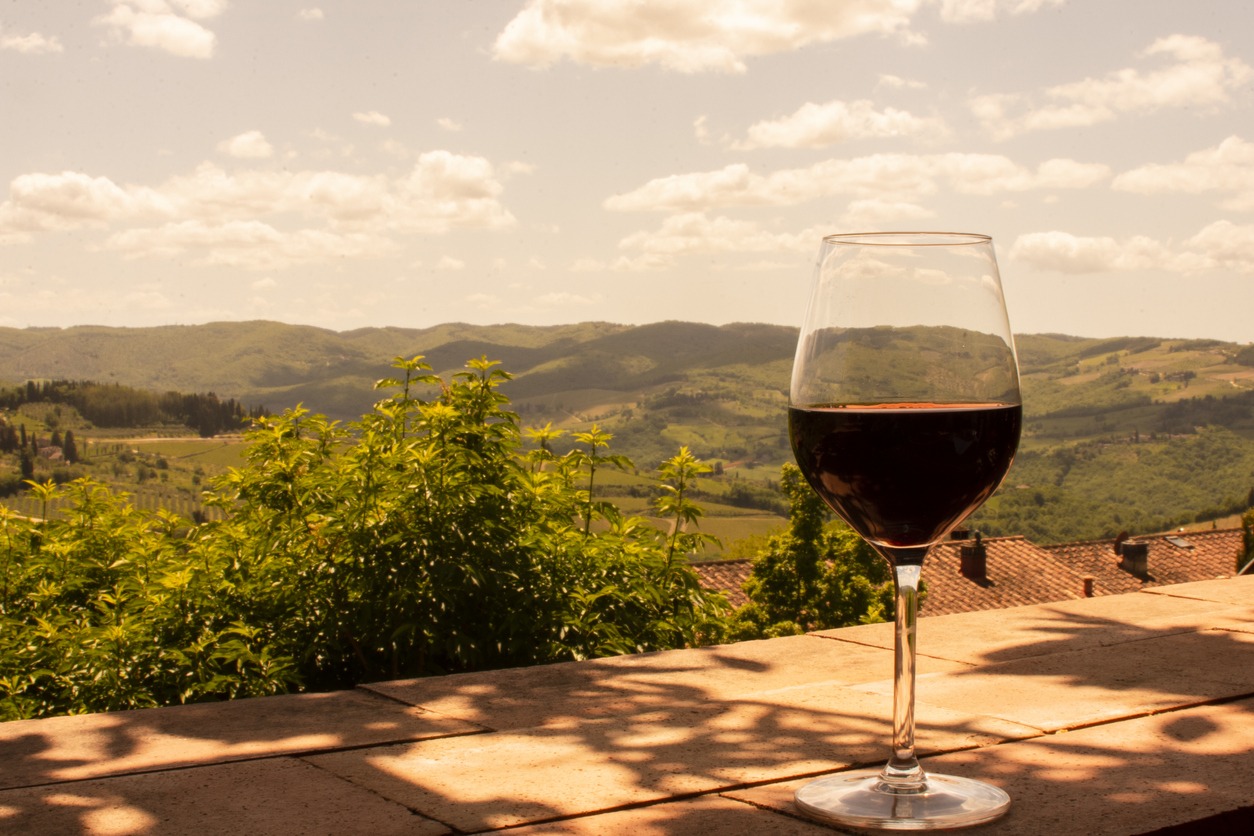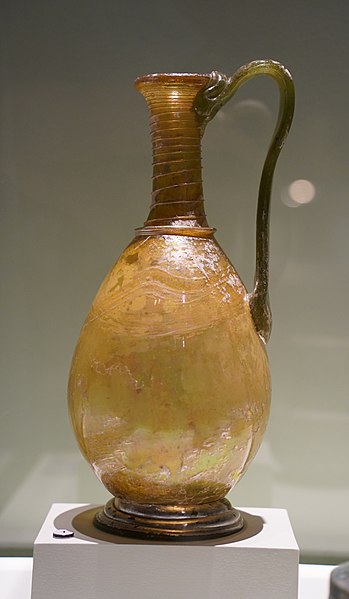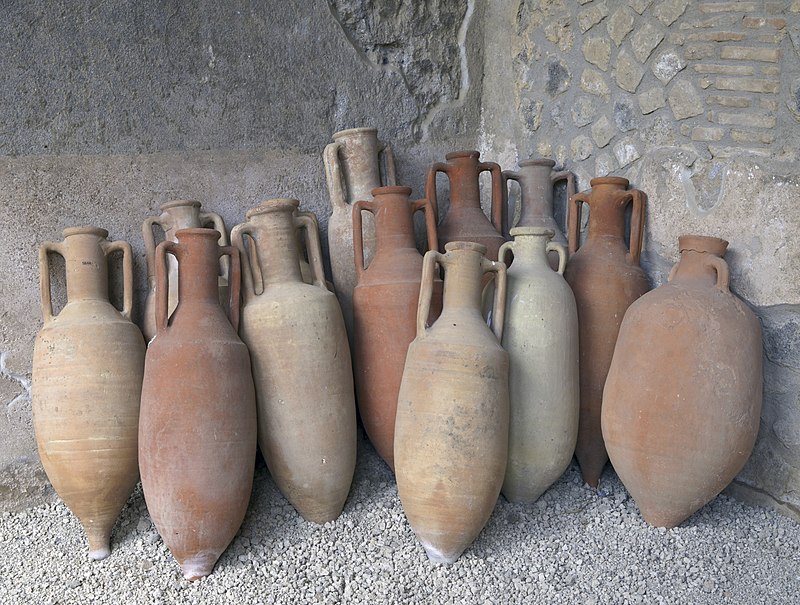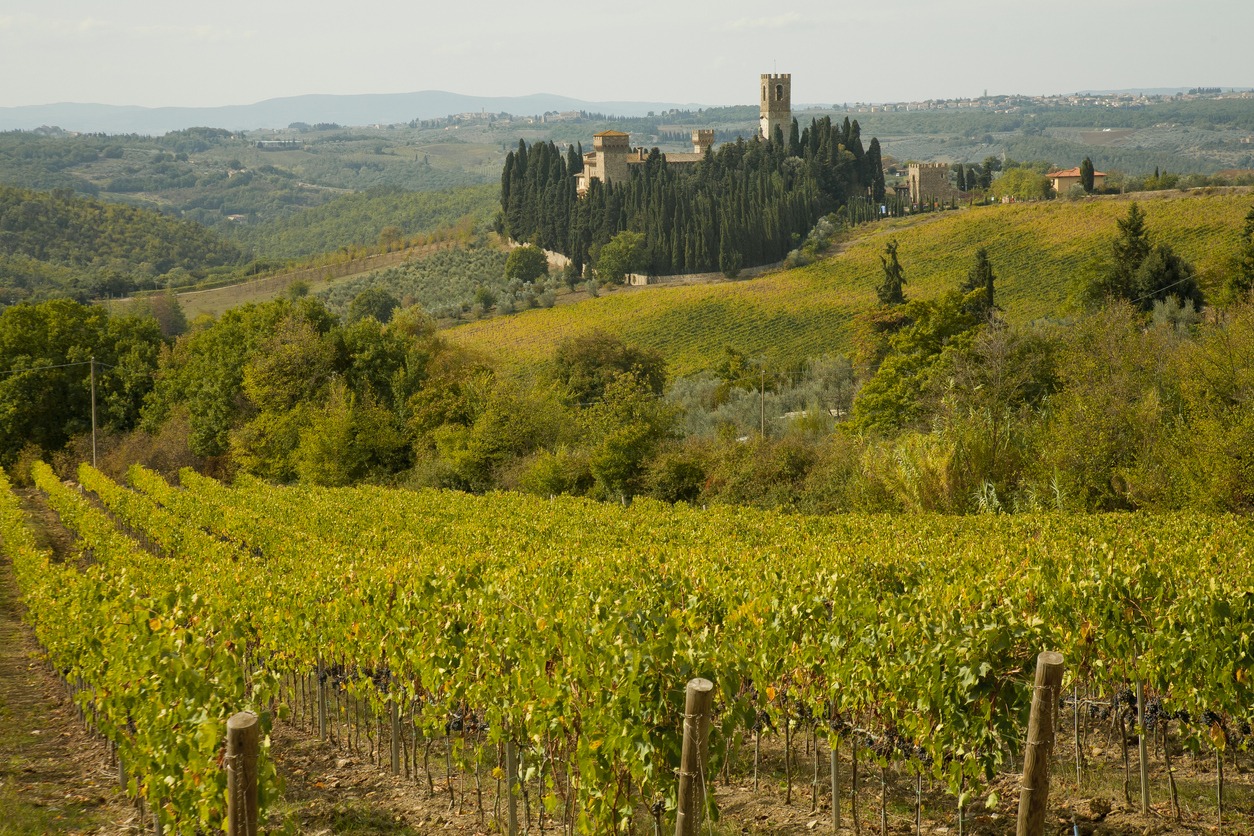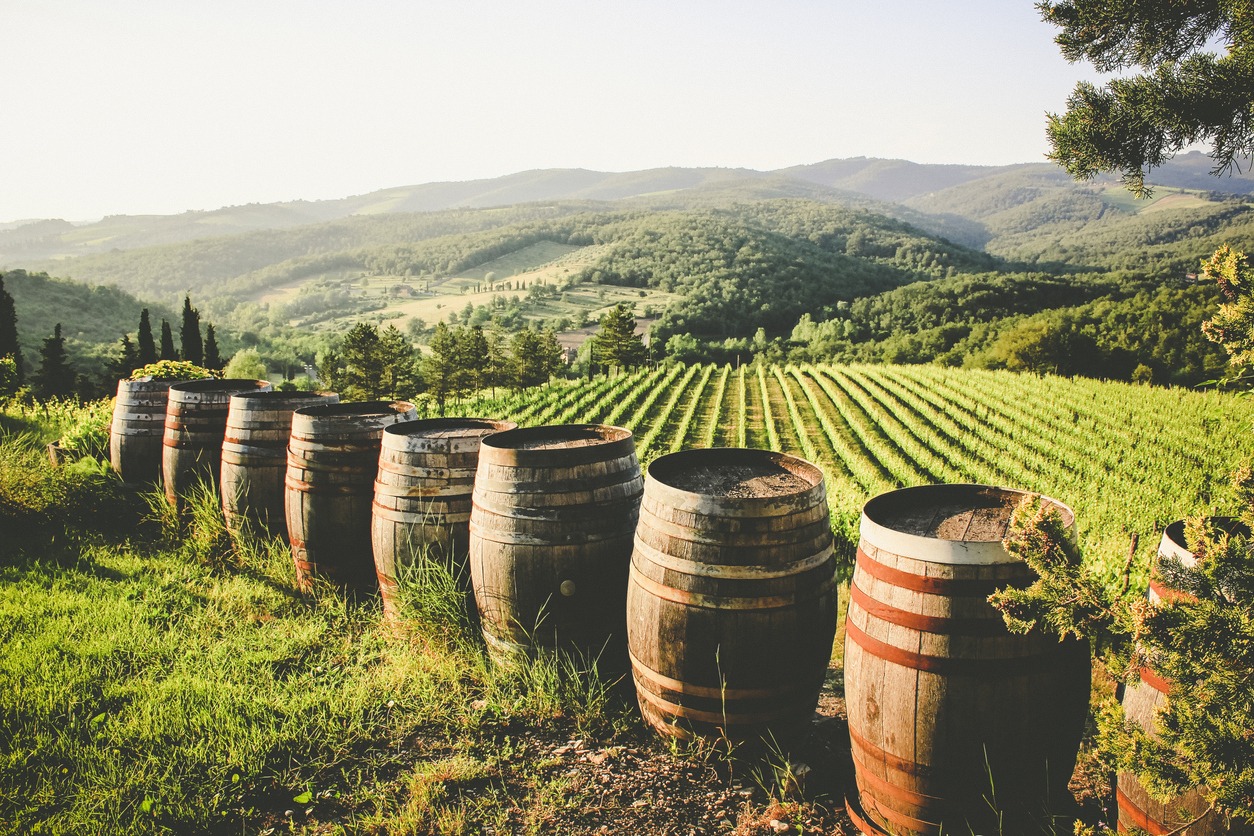In the heart of Italy’s cultural heritage lies one of its most iconic products: wine. With over 4,000 years of winemaking expertise and a near-perfect climate for grape cultivation, it comes as no surprise that Italian wines are sought-after drinks worldwide.
Winemaking is deeply woven into the fabric of Italian culture, cherished as a cherished part of the nation’s rich history. Italians are just as passionate about wine as they are about their family, cuisine, and tradition.
In this article, learn about the interesting history of winemaking in Italy:
History of Wine in Italy
The history of wine in Italy is a tale that stretches back thousands of years, making Italy one of the oldest wine-producing regions in the world. Wine has played a significant role in the country’s culture, economy, and daily life. Here’s an overview of the key points in the history of Italian wine:
Ancient Times: Etruscan and Greek Influences
The origins of wine production in Italy can be traced back to the Etruscans and ancient Greeks, who introduced winemaking techniques to the Italian peninsula. Since then, wines have been cultivated from the wild Vitis vinifera grape.
Tuscany, a region synonymous with world-class wines, has been pivotal in Italy’s vinous journey. Its winemaking tale traces back to the 7th century B.C. when the Etruscans learned the art of winemaking from their Greek counterparts who had settled in southern Italy. An intriguing aspect of the Etruscan wine culture was the participation of women in drinking wine during banquets—an uncommon practice among the Greeks. Etruscan wines gained fame, and traces of their legacy have been found in the form of amphorae adorned with Etruscan seals scattered along the Mediterranean’s western coasts.
Traditionally, it was believed that viticulture found its way to Sicily and southern Italy through the Mycenaean Greeks before the arrival of Phoenician and Greek settlers around 1000–800 BC. However, recent archaeological revelations have pushed back the origins of Sicilian viticulture to an astonishing 4000 BC—unveiling a flourishing wine culture that predates our previous understanding by a staggering 3,000 years.
The intrigue doesn’t end there. The Italian peninsula reveals traces of grapevine management and winemaking dating back to the Bronze Age and even the Neolithic period, suggesting a far more ancient heritage than we previously imagined.
Roman Empire and Wine
The Romans embraced and expanded upon the wine culture of the Etruscans and Greeks. Wine became an integral part of Roman society and was consumed at various social and religious events. Wine production flourished throughout the Roman Empire, with vineyards planted all over Italy, including famous wine regions like Tuscany and Campania. Wine became a vital part of the Roman diet, and winemaking became a precise business.
As the Roman empire expanded, so did the production of alcohol, and with it came shifts in social norms. Historical evidence points to a fascinating revelation: the Romans loved wine so much that widespread drunkenness and alcoholism seem to have taken root during the first century B.C., reaching its pinnacle in the first century A.D. Such was the soaring popularity of viniculture that by A.D. c. 92, Emperor Domitian felt compelled to enact the first-ever wine laws, imposing a ban on planting new vineyards in Italy and mandating the uprooting of half of the vineyards in the provinces. This drastic measure aimed to prioritize the production of essential yet less profitable grain. Though the edict was met with defiance and disregarded by many, it remained on the books until its eventual repeal by Probus in 280.
Winemaking technology improved remarkably during the time of the Roman Empire. While innovations from the Bronze Age continued to be used, newer techniques emerged during that era. Vitruvius, a renowned architect and engineer, noted the careful construction of wine storage rooms facing the constant and unchanging north. At the same time, special smokehouses (fumaria) were crafted to hasten or imitate aging. Alongside these advancements, barrels (credited to the Gauls) and glass bottles (invented by the Syrians) began to rival terracotta amphoras in storing and transporting wine.
Roman ingenuity extended to the creation of an early form of appellation systems, where specific regions earned reputations for producing exceptional wines. Among the most celebrated was the white Falernian, renowned for its high alcohol content, with esteemed vintages gaining value as they aged. Each region boasted a range of varieties, from dry to sweet and light, captivating the discerning palates of the time.
With its assumed medicinal qualities, the wine took on a multifaceted role in Roman society. The upper classes even dissolved pearls in wine for purported health benefits, and Cleopatra herself wove legend and allure around her persona, vowing to “drink the value of a province” in a single cup of wine—an extravagant gesture she punctuated by swallowing a precious pearl.
As the Western Roman Empire succumbed to the upheaval of invasions and social unrest during the 5th century, it was the Roman Catholic Church that emerged as the sole stable institution. Through the Church, the knowledge and practices of grape growing and winemaking were meticulously preserved, forever intertwined with the sacramental significance of the Mass.
With the passage of time, the center of wine production gradually shifted eastward as the influence of Roman infrastructure waned in the western regions. From Asia Minor to the Aegean and the Near East, the tradition of viticulture flourished during Late Antiquity and the Byzantine era, leaving an indelible mark on the vinous legacy of Europe.
Pompeii: an Essential Wine Center in Rome
One of the most essential wine centers in the Roman world was the bustling city of Pompeii. Nestled along the Campanian coast, south of Naples, it has an expanse of farms and vineyards covering nearby Vesuvius’s slopes. The region has exceptionally fertile soil, allowing the vineyards to produce some of the finest wines cherished not only by Rome but also by provinces far and wide.
The Pompeiians were renowned for their wine-drinking prowess and their passion for Bacchus, the Roman god of wine, evident in frescoes and archaeological fragments scattered throughout the region. Amphoras emblazoned with the symbols of Pompeian merchants traveled far and wide, reaching distant corners of the Roman empire, from Bordeaux and Narbonne to Toulouse and Spain. Such was the popularity and reputation of Pompeian wine that evidence suggests early wine fraud may have arisen due to counterfeit stamps on amphoras of non-Pompeian wine.
But fate had a different plan in store for the vinous haven of Pompeii. In 79 A.D., the eruption of Mount Vesuvius brought untold devastation to the region’s thriving maritime export and trade. Ports, vineyards, and warehouses storing the 78 A.D. vintage were reduced to ruins. Prices surged dramatically, making wine a luxury accessible only to the affluent elite. Even the less affluent, inspired by the wine-drinking culture, sought to partake in the pleasure. The resulting wine shortage spurred swift action—new vineyards sprung up nearer to Rome, and existing grain fields were replanted with grapevines.
As efforts to alleviate the wine shortage succeeded, an unintended consequence surfaced—a surplus of wine. This oversupply led to a depression in prices and, in the long run, harm to the interests of wine producers and traders. The loss of grain fields added to a food shortage for Rome’s burgeoning population. In 92 A.D., Emperor Domitian issued a fateful edict banning new vineyards in Rome and demanding the uprooting of half of the vineyards in Roman wine-producing provinces.
Though the provinces may have disregarded the edict, its impact on the nascent wine industries of Spain and Gaul has been a topic of historical debate. Domitian’s intent was to curb foreign trade by reducing vineyard numbers, ensuring only enough wine for domestic consumption. This stringent edict remained in effect for nearly two centuries until Emperor Probus finally repealed it in 280 AD.
The astonishing preservation of Pompeii has granted us a unique window into Roman winemaking and viticulture. Excavations have revealed vine roots that shed light on planting patterns, and entire vineyards have been unearthed within the city walls. The pressing and production technologies that once thrived alongside these vineyards offer valuable insights into ancient winemaking practices.
Middle Ages and Renaissance
After the fall of the Roman Empire, the Catholic Church played a crucial role in preserving and promoting winemaking in Italy, as wine played a significant role in the sacrament of communion. Monasteries and convents became centers of viticulture and wine production. Monks played a significant role in developing and refining winemaking techniques, and many Italian wine regions have their roots in this period.
During the Renaissance, Italy’s wine culture continued to thrive, with an increasing focus on quality and innovation. The ruling families of Florence, Venice, and other city-states were avid patrons of the arts and wine, contributing to the popularity and reputation of Italian wines.
Modern Era
In the 19th century, Italy went through political and social changes, including the unification of the country in 1861. This period also saw the emergence of the modern Italian wine industry, with advancements in winemaking practices, better transportation networks, and increased international trade.
However, the nineteenth century brought a formidable challenge to Italy’s vineyards and other wine-producing countries. The dreaded vine louse phylloxera struck, wreaking havoc and decimating many vineyards. However, Italy recovered by grafting native vines onto resistant American rootstocks and adapted its vineyard practices.
20th Century and Beyond
In the 20th century, Italy experienced significant growth in its wine industry, becoming one of the largest wine producers globally. The focus shifted from bulk wine production to quality-driven wines, with several regions gaining international recognition for their unique grape varieties and terroir-driven wines.
In 1963, the Italian government established wine classification systems, such as the Denominazione di Origine Controllata (DOC) and Denominazione di Origine Controllata e Garantita (DOCG), to regulate and protect the authenticity and quality of Italian wines.
One major transformation took place in 1992, and the latest update in 2010 brought about a set of four fundamental categories perfectly aligned with the European Union’s wine regulations (2008–09). The categories, from the bottom to the top, are:
- Vini (generic wines) – This category encompasses wines that can be crafted anywhere within the EU’s territory. Informally dubbed ‘generic wines,’ the labels offer no hints about the geographical origin of the grape varieties used or the vintage. The only detail indicated on the label is the color of the wine.
- Vini Varietali (varietal wines) – These varietal wines are crafted predominantly (at least 85%) from one authorized ‘international’ grape variety or entirely from a harmonious blend of two or more. While the label can specify the grape variety or varieties and the vintage, revealing the geographical origin remains off-limits. These wines have the freedom to flourish anywhere across the E.U.’s wine-rich expanse.
- Vini IGP (wines with Protected Geographical Indication) –These wines, traditionally implemented in Italy as IGT (Indicazione geografica tipica), emerge from specific territories within Italy, flourishing under a series of specific and precise regulations. From the authorized grape varieties to viticultural and vinification practices, every aspect is carefully defined to preserve the wines’ distinct character and charm. As of 2016, there are 118 IGPs/IGTs that exist.
- Vini DOP (wines with Protected Designation of Origin) – This category unfolds into two sub-categories: Vini DOC (Controlled Designation of Origin) and Vini DOCG (Controlled and Guaranteed Designation of Origin). The journey to DOC status begins with at least five years as an IGP wine. DOC wines hail from smaller regions within a designated IGP territory, basking in the spotlight for their unique climatic and geological attributes, as well as the captivating traditions of local winemaking. With stricter production regulations than IGP wines, DOCs pave the way to DOCG, where a ten-year stint as a DOC wine sets the stage for a grand promotion. DOCG wines face rigorous analyses, including tastings by a specially appointed committee, proving their exceptional merit and commercial success. In 2016, there were 332 DOCs and 73 DOCGs, summing up to a total of 405 DOPs—each a testament to the extraordinary heritage of Italian winemaking.
Wine Diversity
Italy’s wine landscape is incredibly diverse, with over 350 authorized grape varieties and a multitude of wine regions, each producing distinctive styles of wine. Some of the most famous Italian wines include Chianti, Barolo, Brunello di Montalcino, Amarone, and Prosecco.
Today, Italy boasts a rich tapestry of 334 DOCs and 74 DOCGs, a testament to the country’s winemaking prowess that spans from the cool northern terrains of Piedmont and Alto Adige to the sun-kissed southern landscapes of Puglia, Calabria, and Sicily. Wines crafted in Italy have reached unparalleled heights thanks to the dedication of producers who adhere to stringent quality regulations.
Winemakers are also embarking on a journey to rediscover ancient, nearly forgotten grape varieties to revive, preserve, and share these grapes with the world. Recently, 590 native grape varieties—more than anywhere else on the planet—have been identified, and there are still countless more awaiting their rightful place in the catalog. As winemakers embrace these local varieties, the world of Italian flavors grows richer and more intricate, enchanting wine professionals and consumers alike.

